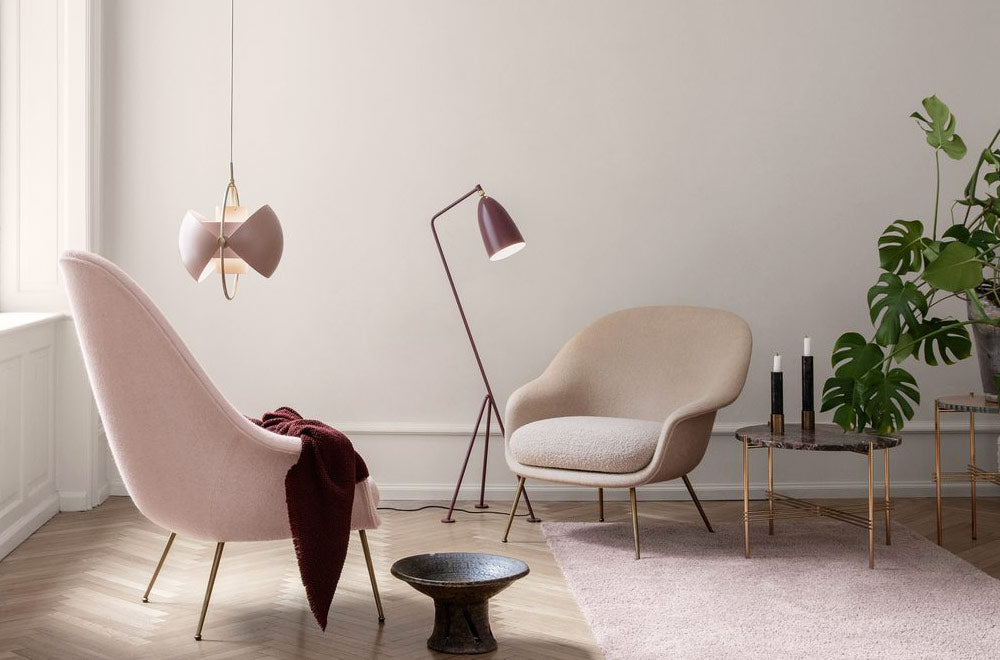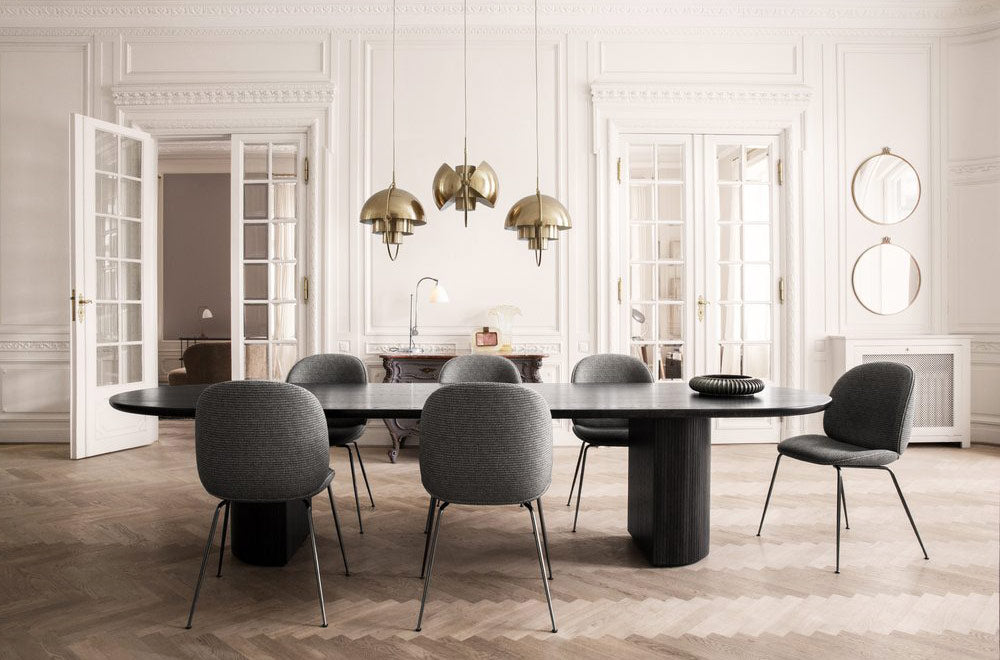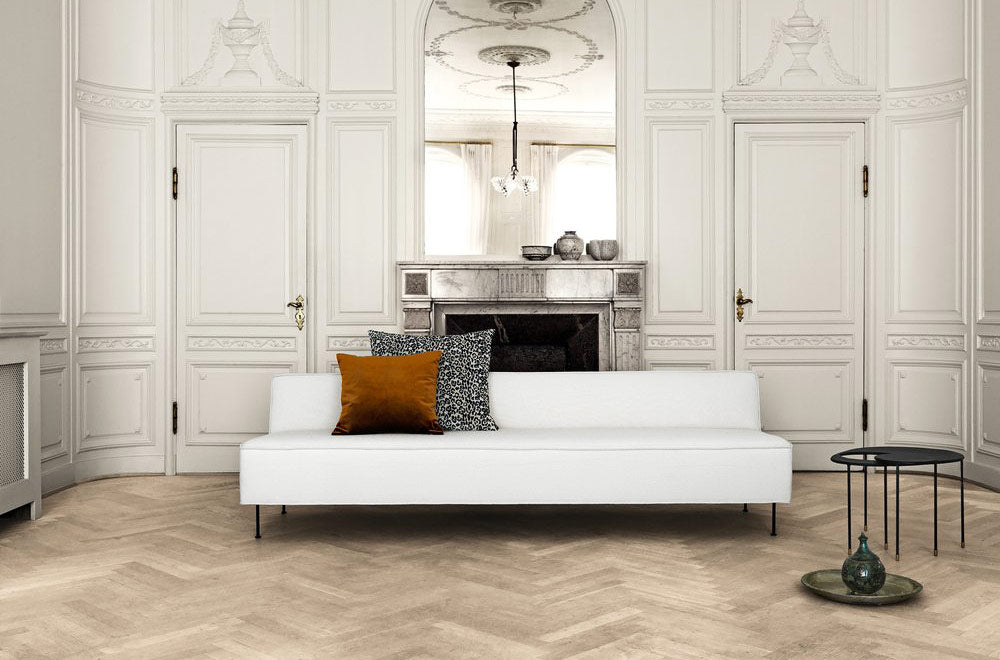The Nagasaki Chair is designed in 1954 and is still Mathieu Matégot’s best-known piece. It was exhibited for the first time at the 1954 Salon des Artistes Décorateurs and, along with Arne Jacobsen’s Ant Chair (1952), is one of only a few three-legged models. The chair is made of perforated sheet metal - Rigitulle, that characterise Matégot's work, and features unique details, such as the little stirrup that holds the seat and legs together. Both back and seat are curved and arched, similar to the form of a saddle and the overall effect is one of lightness. The highly graphic design construction is evocative of Le Corbusier’s work for the Church at Ronchamp. Today, the chair is part of the permanent collection at the internationally renowned, privately owned Vitra Design Museum.
Mathieu Matégot (1910 - 2001) was a Hungarian designer and architect. After studying at Budapest's school of art and architecture, he settled in France in 1931. He was a volunteer in the French army, was captured and not released until 1944. After returning home, he started producing handmade furniture in Paris. Matégot's organic forms and lightness of touch create a sense of joy and the ground breaking and innovative techniques that he applied resulted in unique aesthetics and furniture designs. He was the first person to combine metal tubing with perforated sheet metal; ritigulle, a technique he patented and also a pairing that particularly characterizes his work. Like many of his peers Mategot travelled the world in search of inspiration, techniques and upon return transformed these impressions into his own unique designs and interpretations. Wether it was industrial processes or aesthetics, he always collected and interpreted - he even patented and set up his own production to apply these new technologies into his designs, He was a true innovator of his time! In the 1950's - also the one decade - that he devoted to the design of furniture and interior accessories, he created a wide range of distinctive designs that today is considered iconic and contemporary. To ensure quality in the production of his own designs - Matégot set up two of his own workshops - Société Mategot, one in Paris that employed up to twenty workers and a second in Casablanca, Morocco. Both manufactured in limited numbers for up to 200 items and continued until 1959 when Mategot abruptly ended his production and began his work on tapestry, which he would continue for the rest of his career.














